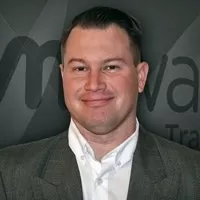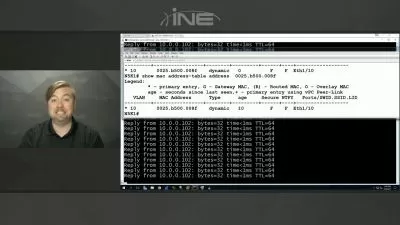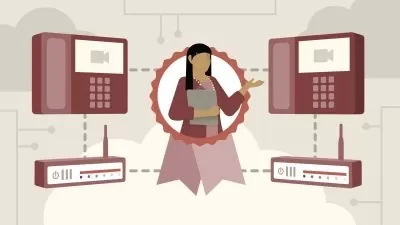vSphere 8: Implementing vSphere Security Best Practices
David Davis
4:37:54
Description
This course teaches the best practices for securing a vSphere infrastructure, including securing ESXi, vCenter Server, and vSphere virtual machines. You’ll also learn how to implement vSphere Certificate Manager, utilize host profiles, and more.
What You'll Learn?
The VMware Certified Professional (or VCP) is one of the most popular virtualization certifications in the world. In this course, vSphere 8: Implementing vSphere Security Best Practices, you'll gain real-world VMware vSphere security knowledge and valuable insight to help you prepare for the VCP exam. First, you’ll learn the best practices for securing a vSphere infrastructure, including securing ESXi, vCenter Server, and vSphere virtual machines. Next, you’ll discover how to implement vSphere Certificate Manager, enable SSO and Active Directory integration, and configure and administer role-based access control. Finally, you'll explore how to utilize host profiles to ensure consistent security across your vSphere infrastructure. By the end of this course, you'll have the necessary knowledge of vSphere Security best practices needed to keep your vSphere infrastructure secure.
More details
User Reviews
Rating
David Davis
Instructor's Courses
Pluralsight
View courses Pluralsight- language english
- Training sessions 82
- duration 4:37:54
- level average
- English subtitles has
- Release Date 2024/04/20















